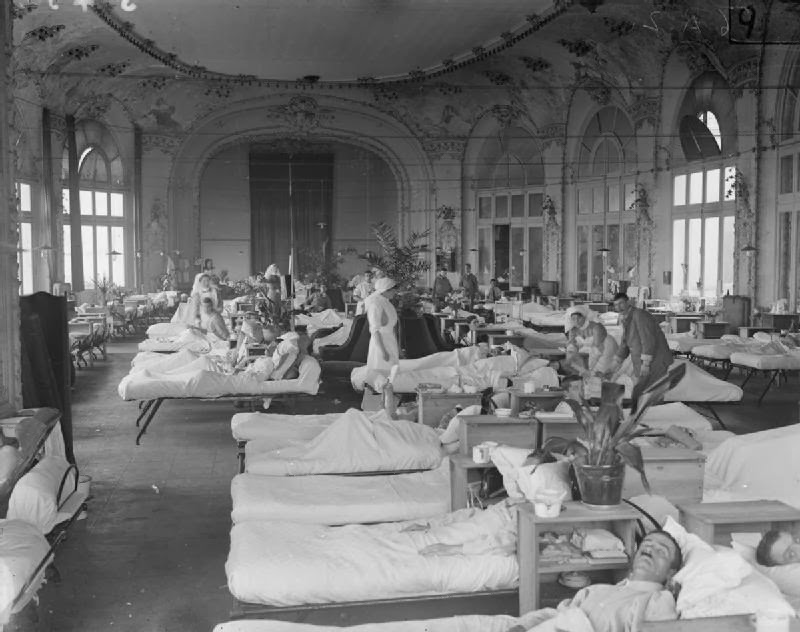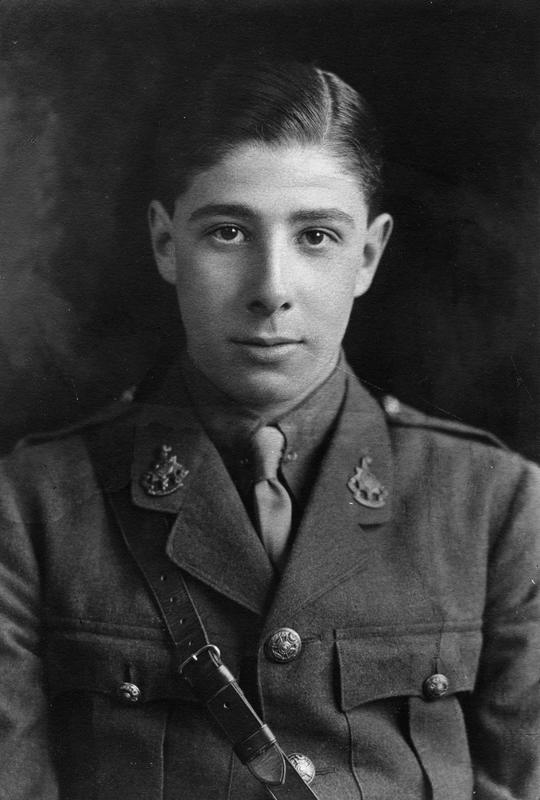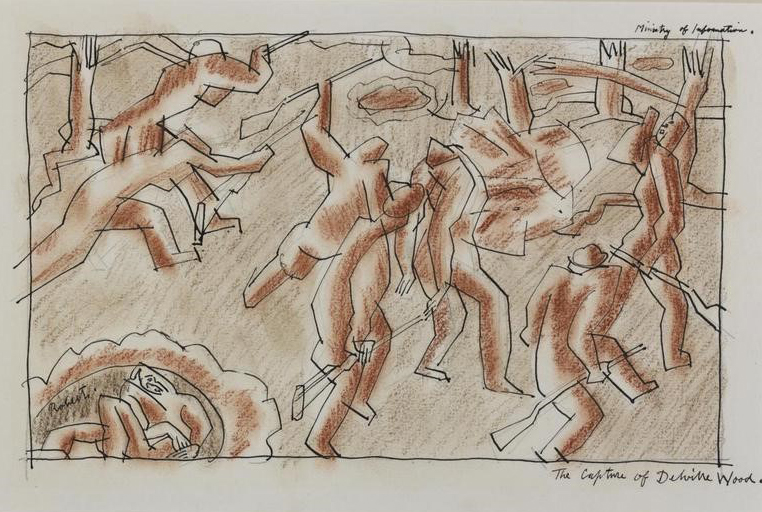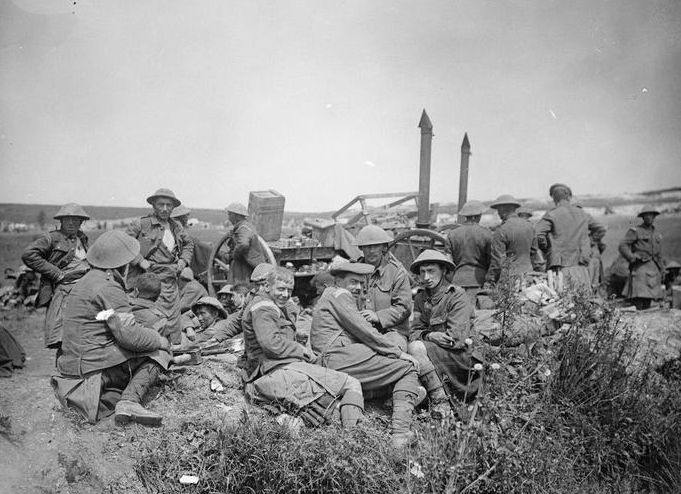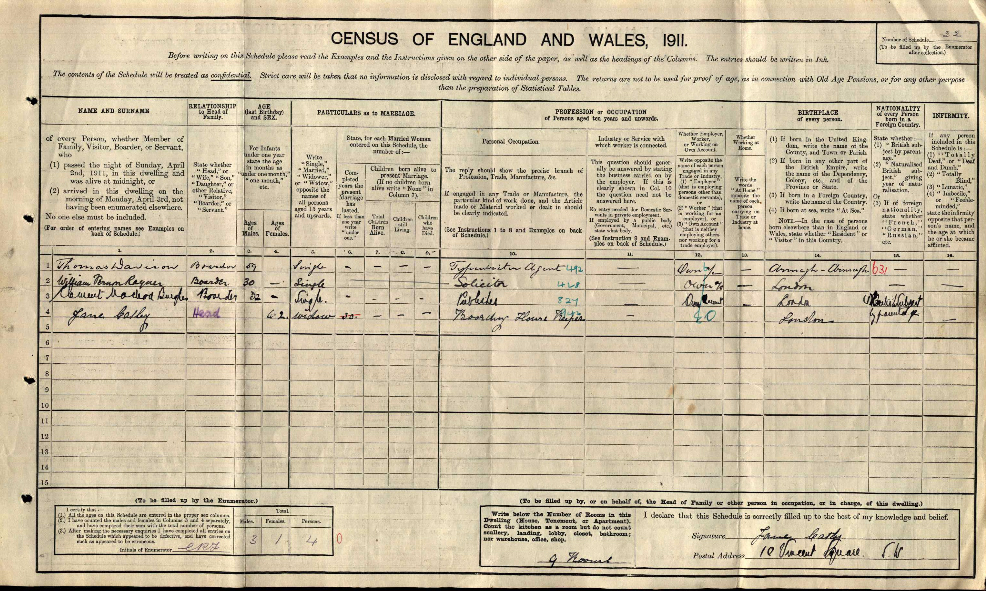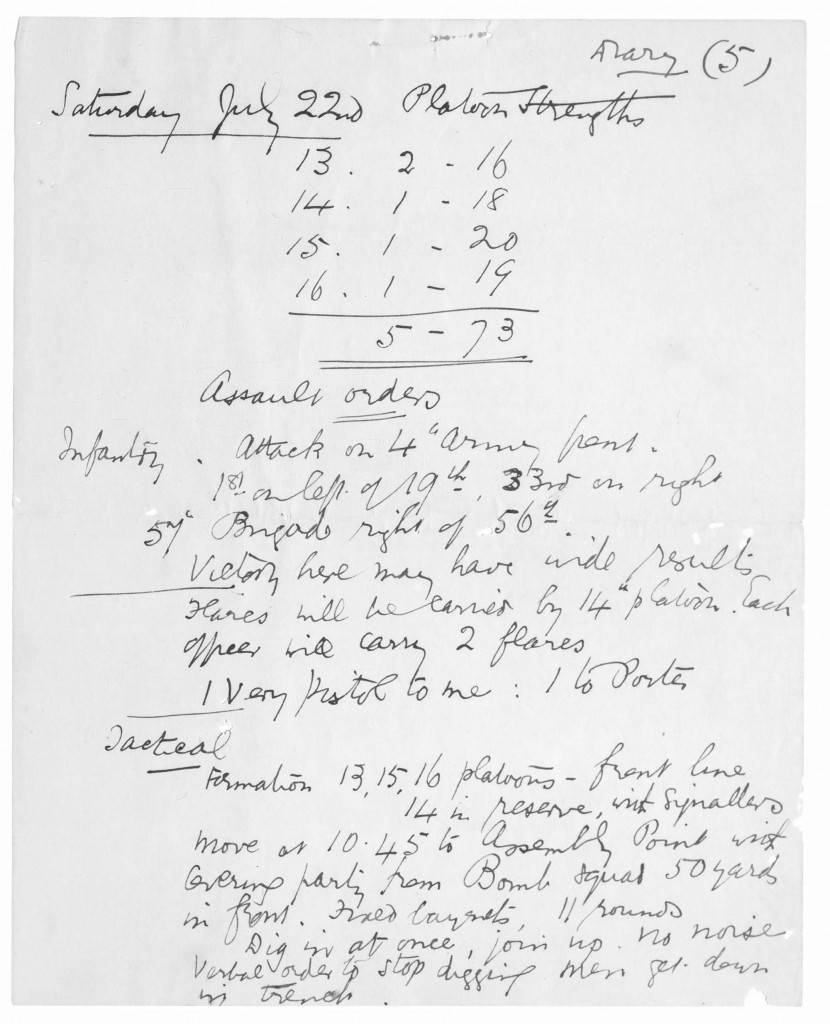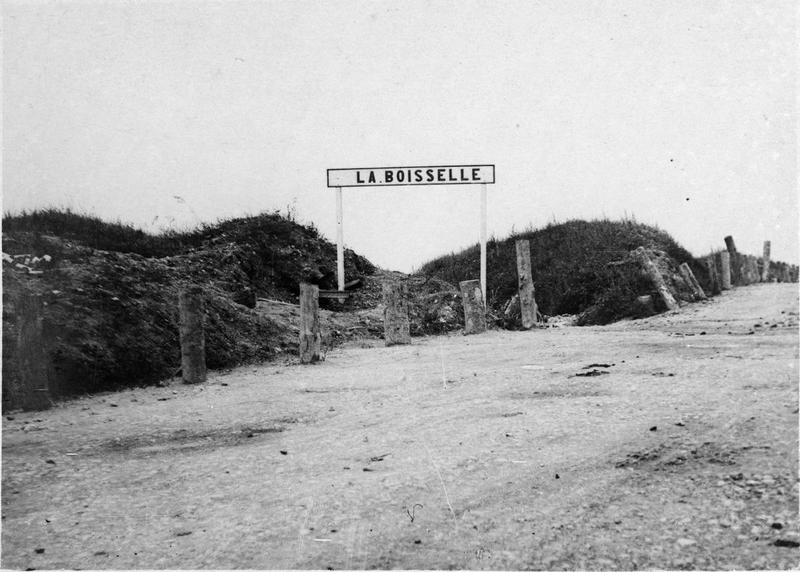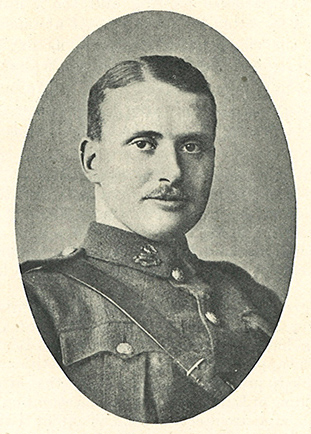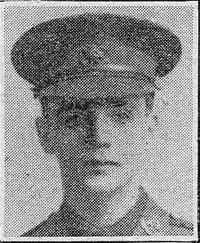Harold Herbert Tanner
Harold Herbert Tanner was at the school for just two years between the ages of 14 and 16, in Homeboarders house. His father was a surgeon and it was clear that he was going to enter the family profession. He joined the London University in 1903 to begin his medical studies.
He was trained at St. Mary’s Hospital and, in 1912, after holding resident appointments there and at the Hampstead Hospital and Royal Albert Hospital, Devonport he joined the staff of Sir Almroth Wright’s for bacteriological research.
Sir Almroth Wright led the Inoculation Department at St. Mary’s Hospital. This was still a developing branch of medicine. Wholesale inoculation of British troops was attempted in the South African War but due to bitter opposition from influential persons less than 4% of the soldiers received the vaccine. As a result of this blunder the Army had some 58,000 cases of typhoid and about 9000 deaths. During the whole of the Great War there were 7423 British cases, with 266 deaths, in an average strength of 1.2 million.
Sir Almroth Wright continued his research during the First World War, moving his research laboratory to No. 13 General Hospital at Boulogne. Tanner received a commission as lieutenant in the Royal Army Medical Corps in June 1915 and joined Sir Almroth in Boulogne from August. He married Minnie Bennett in October 1915 and was promoted to the rank of Captain in June 1916.
On August 16th he accidentally drowned whilst bathing at Boulogne-sur-Mer.
Sir Almroth Wright wrote ‘I was proud of having him work with me: he did some excellent good work, and would have gone on doing really good things, and that and his kindliness and helpfulness endeared him to me’.
Captain Inman, a colleague in France wrote ‘He had great gifts as a draughtsman, and I have encouraged him to develop them as regards macro and microscopic medical objects; he illustrated my chapter in the Medical Annual of 1916, and very well he did it. The rose irrigator he designed for septic wounds has been a great success. His ability has been very generously recognized by all who came in contact with him, and I feel sure that a career of great promise and ability has been cut short’.
